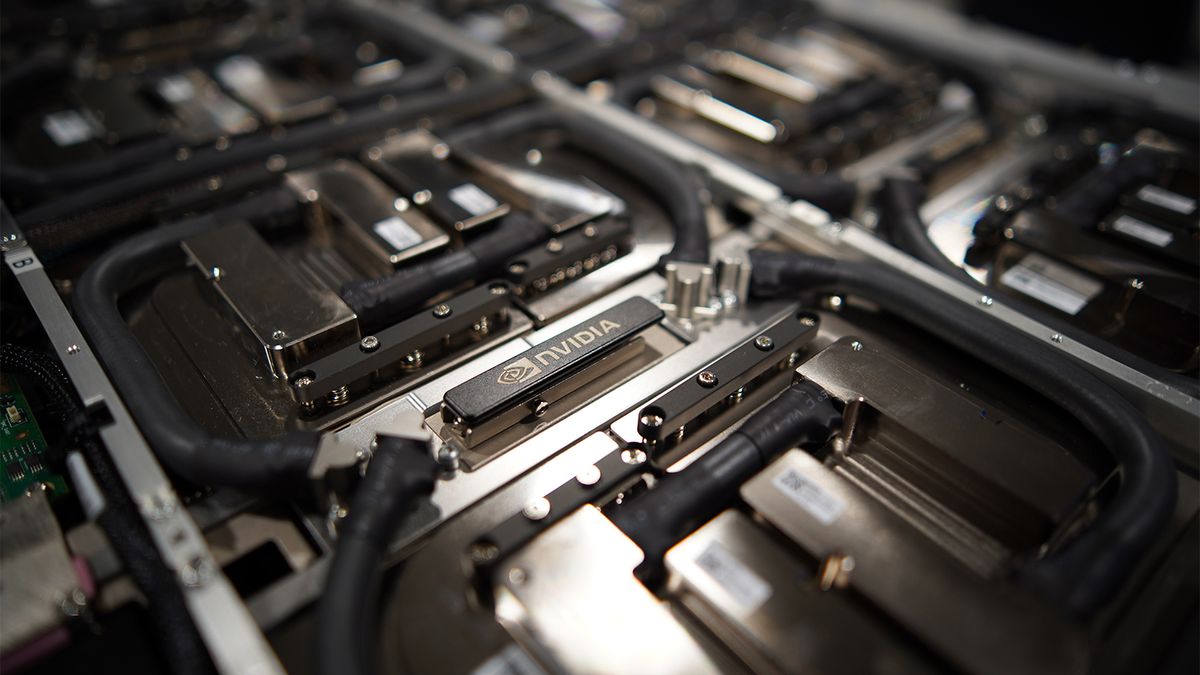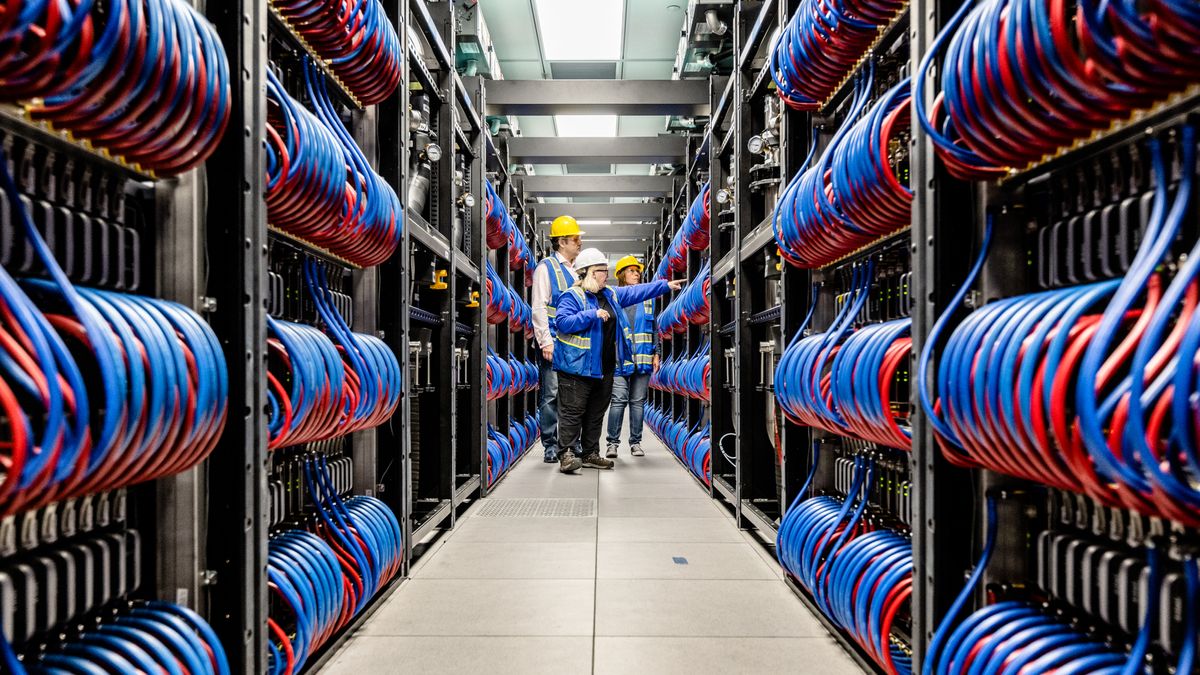Yoused
up
- Joined
- Aug 14, 2020
- Posts
- 8,182
- Solutions
- 1
Top 500 has updated the standings for the first half of this year.
Still at the top is the Frontier machine at Oakridge National Laboratories, boast 1.2EFlops of performance.
In second place is Aurora, at Argonne NL. Curious thing, Aurora has more cores and uses 70% more juice but Frontier is still 20% faster. Naturally, Aurora is based of AMD EPYC + AMD Instinct GPU, while Aurora is Xeon + Intel Data Center GPU.
The power draw on these machines is kind of breath-taking. Aurora uses 39 GW, which sounds to me like rather a lot. I am not sure whether that number includes the cooling system.
The ARM-based Fugaku that once held the top spot has dropped to 4th. It looks like most of the other installations get their push from GPU, but Fugaku is entirely ARM cores, no GPUs. And it is certainly not more energy efficient than Frontier.
There is a Grace installation in Switzerland in 6th place, which looks like it could possible contend for the number one spot if it could be scaled up to a similar size.
Still at the top is the Frontier machine at Oakridge National Laboratories, boast 1.2EFlops of performance.
In second place is Aurora, at Argonne NL. Curious thing, Aurora has more cores and uses 70% more juice but Frontier is still 20% faster. Naturally, Aurora is based of AMD EPYC + AMD Instinct GPU, while Aurora is Xeon + Intel Data Center GPU.
The power draw on these machines is kind of breath-taking. Aurora uses 39 GW, which sounds to me like rather a lot. I am not sure whether that number includes the cooling system.
The ARM-based Fugaku that once held the top spot has dropped to 4th. It looks like most of the other installations get their push from GPU, but Fugaku is entirely ARM cores, no GPUs. And it is certainly not more energy efficient than Frontier.
There is a Grace installation in Switzerland in 6th place, which looks like it could possible contend for the number one spot if it could be scaled up to a similar size.



